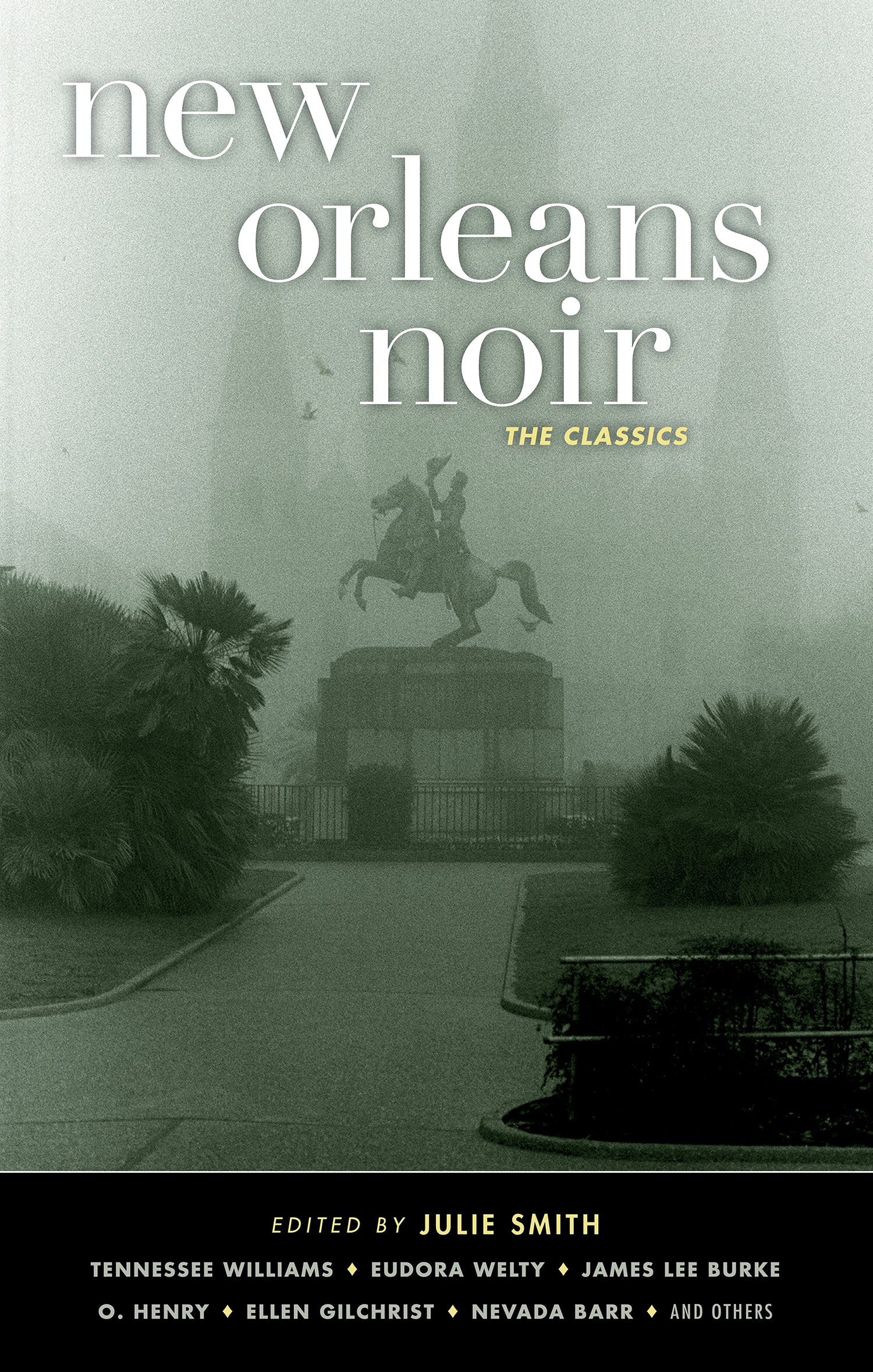
New Orleans Noir
The Classics
کتاب های مرتبط
- اطلاعات
- نقد و بررسی
- دیدگاه کاربران
نقد و بررسی

Starred review from January 18, 2016
The 18 stories in this irresistible sequel to Smith’s New Orleans Noir run chronologically from Armand Lanusse’s “A Marriage of Conscience” (1843), about an unusual social custom of the day, to Maurice Carlos Ruffin’s “Pie Man” (2012), a powerful examination of ethnic tensions in post-Katrina New Orleans. Famous bylines punctuate the book, but even the lesser-known authors hold their own. Former New Orleans police office O’Neil De Noux’s “The Man with Moon Hands” has particular relevance in view of recent controversial police shootings. Ace Atkins’s “Last Fair Deal Gone Down” mixes New Orleans’s traditions of music and crime. There’s one outright ghost story, Poppy Z. Brite’s “Mussolini and the Axeman’s Jazz,” a surrealistic swirl of time travel and assassination. Anyone who knows New Orleans even slightly will relish revisiting the city in story after story. For anyone who has never been to New Orleans, this is a great introduction to its neighborhoods and history.

February 19, 2007
The excellent 12th entry in Akashic's city-specific noir series illustrates the diversity of the chosen locale with 18 previously unpublished short stories from authors both well known (Laura Lippman, Barbara Hambly) and emerging (Kalamu Ya Salaam, Jeri Cain Rossi). Appropriately, Smith divides the book into pre- and post-Katrina sections, and many of the more powerful tales describe the disaster's hellish aftermath. Standouts in the first section, "Before the Levees Broke," include Laura Lippman's short, twisted tale of victims and victimizers, "Pony Girl," and Tim McLoughlin's "Scared Rabbit," a tight, punchy account of a police shooting. Among the contributions to the post-Katrina "Life in Atlantis" section, Thomas Adcock's gritty crime tale, "Lawyers' Tongues," captures the chaos of the hurricane's wake with notable skill.

January 1, 2016
Smith, who edited Akashic's original New Orleans Noir (2007), goes back for a second trip to the Big Easy. It's not clear what makes all of Smith's 18 picks classics. For some it's age: Armand Lanusse's "A Marriage of Conscience" dates from 1843. For others, it's clearly bloodlines: O. Henry's "Whistling Dick's Christmas Stocking" and Eudora Welty's "The Purple Hat" come from authors whose literary pedigrees are formidable. But many, like Maurice Carlos Ruffin's "Pie Man," are post-Katrina offerings. What they have in common is a focus not on crime but on human misery. In some, like Ruffin's story and James Lee Burke's "Jesus Out to Sea," the misery is foisted on humans by nature. There's the misery of war, in Shirley Ann Grau's "Miss Yellow Eyes," and the misery of poverty, in Tom Dent's "Ritual Murder." Politics brings its own brand of misery in Poppy Z. Brite's "Mussolini and the Axeman's Jazz." There's the misery of unrequited love in Valerie Martin's "Spats," Nevada Barr's "GDMFSOB," and Ace Atkins' "Last Fair Deal Gone Down" and the misery of hopeless love in Kate Chopin's "The Story of an Hour" and Tennessee Williams' "Desire and the Black Masseur." Children provide their share of misery in John William Corrington's "Pleadings" and Ellen Gilchrist's "Rich." But perhaps the deepest misery of all is the desperation so unfathomable that it can be shared with no one, as in Grace King's "The Little Convent Girl." All this misery makes for a bleak read, and readers looking for a typical noir experience had better fortify themselves.
COPYRIGHT(2016) Kirkus Reviews, ALL RIGHTS RESERVED.

























دیدگاه کاربران